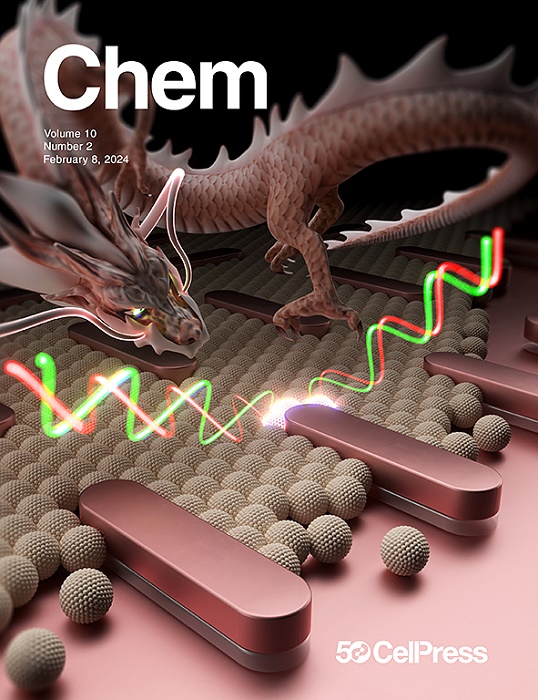环三硼酸盐三阴离子
IF 19.1
1区 化学
Q1 CHEMISTRY, MULTIDISCIPLINARY
引用次数: 0
摘要
在本期《化学》杂志上,Kinjo 和 Feng 报告了一种环三硼酸盐三阴离子(B3R63-)的合成,这是一种具有离散双中心双电子键的高电荷硼环系统。由于具有三个连续的硼酸盐,该特征化合物的 B33- 核心违背了库仑定律,代表了无处不在的环丙烷的第一个同环硼类似物。其出色的稳定性使其得以全面表征,并为多电荷硼离子领域开辟了新的前景。本文章由计算机程序翻译,如有差异,请以英文原文为准。
The cyclotriborate trianion
In this issue of Chem, Kinjo and Feng report the synthesis of a cyclotriborate trianion (B3R63−), a highly charged boron ring system with discrete two-center two-electron bonds. With three contiguous borates, the B33− core of the feature compound defies Coulomb’s law and represents the first homocyclic boron analog of the ubiquitous cyclopropane. The remarkable stability enabled full characterization and opens new vistas in the field of multiply charged boron ions.
求助全文
通过发布文献求助,成功后即可免费获取论文全文。
去求助
来源期刊

Chem
Environmental Science-Environmental Chemistry
CiteScore
32.40
自引率
1.30%
发文量
281
期刊介绍:
Chem, affiliated with Cell as its sister journal, serves as a platform for groundbreaking research and illustrates how fundamental inquiries in chemistry and its related fields can contribute to addressing future global challenges. It was established in 2016, and is currently edited by Robert Eagling.
 求助内容:
求助内容: 应助结果提醒方式:
应助结果提醒方式:


